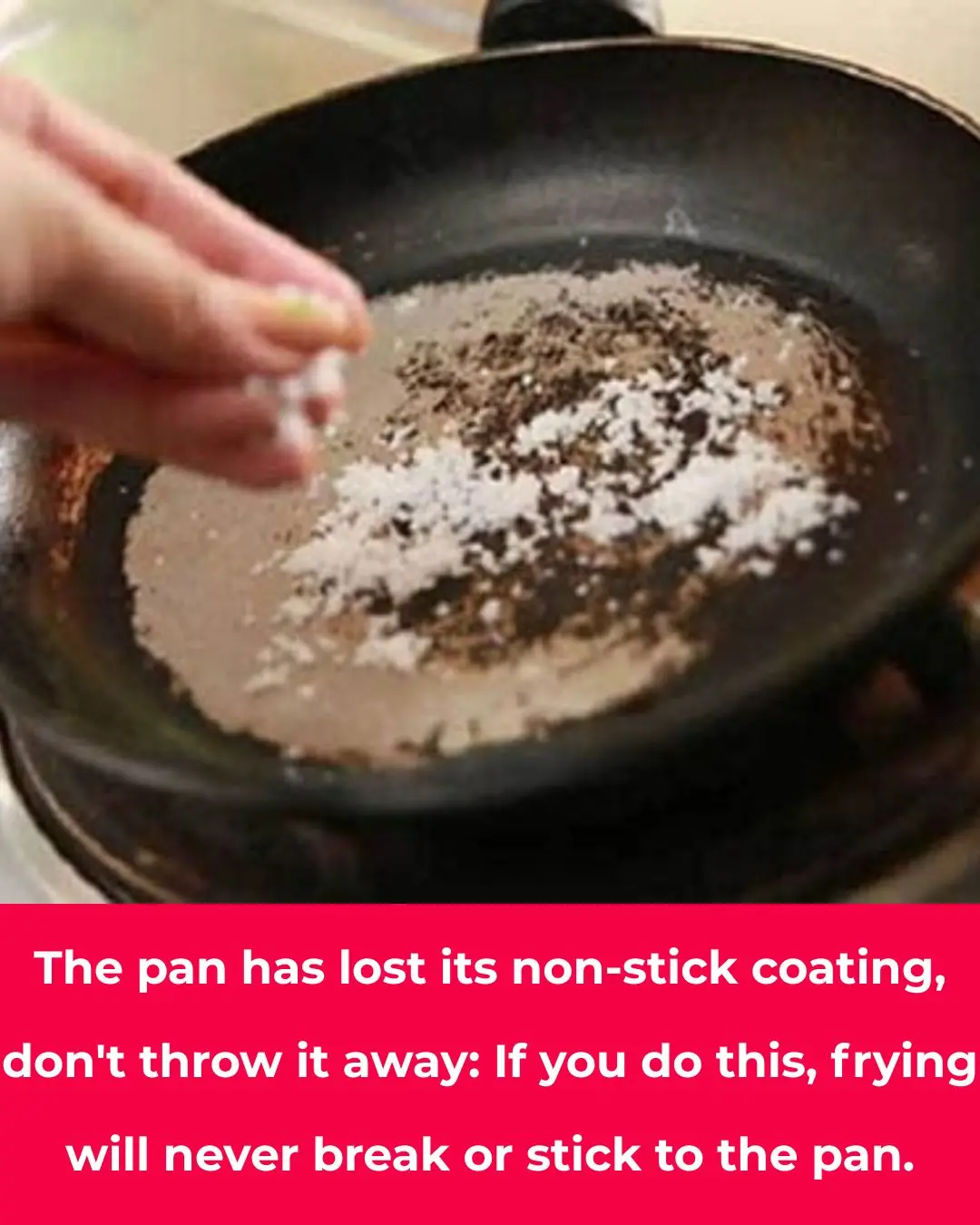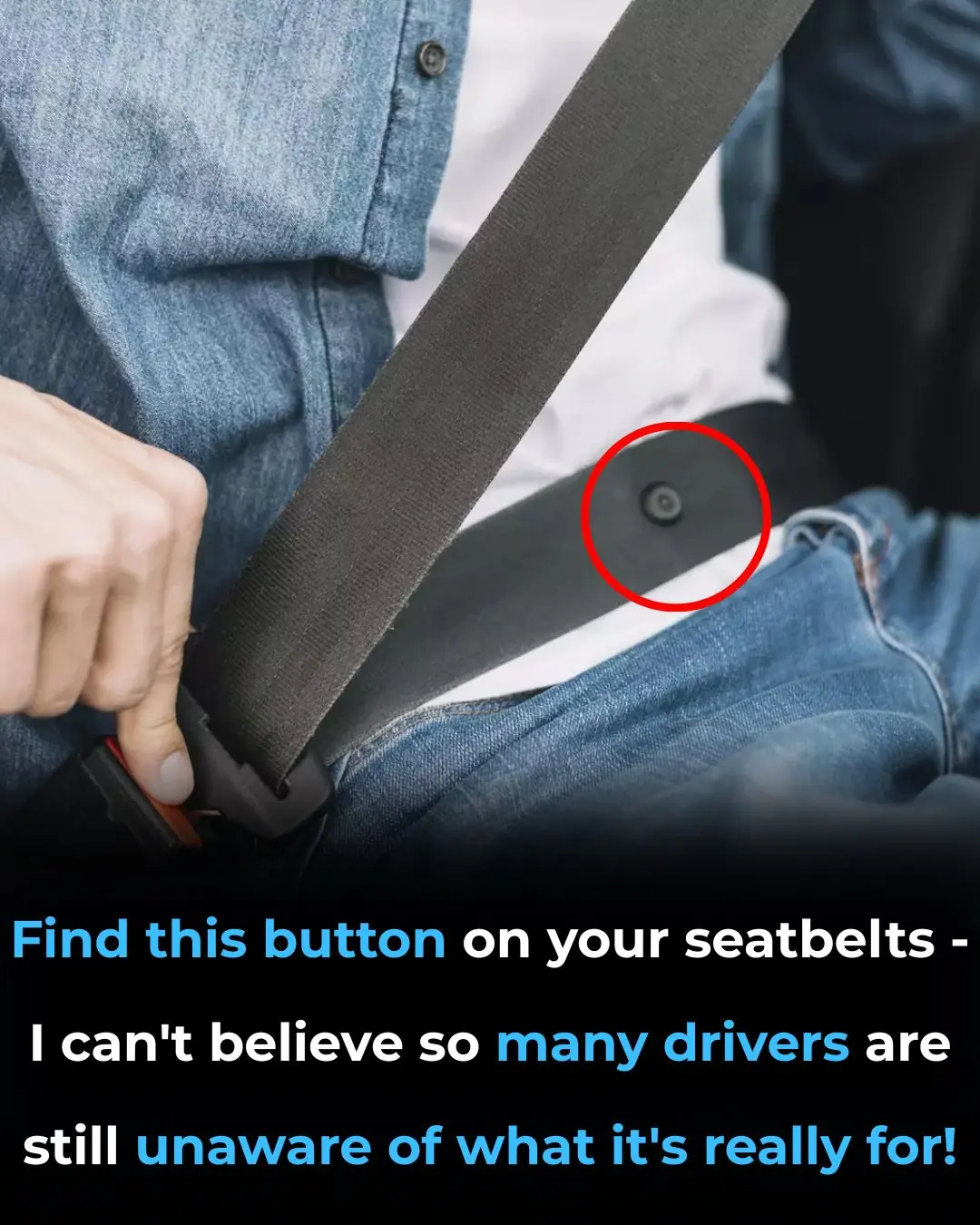Quentin Tarantino’s foot fetish rumors are here again — thanks to Uma Thurman’s daughter
Rumours surrounding the Quentin Tarantino foot-fetish allegations continue to linger, passing from one generation of Hollywood collaborators to the next. His longtime associate, Uma Thurman—who appeared in his landmark films such as Pulp Fiction (1994) and the Kill Bill Vol. 1 (2003) and Kill Bill Vol. 2 (2004) pair—has not only been the target of the discourse but now has passed some tongue-in-cheek “wisdom” to her daughter, Maya Hawke.
During a recent appearance on Amy Poehler’s podcast Good Hang, Hawke—who had a small role in Tarantino’s Once Upon a Time in Hollywood (2019)—revealed the succinct guidance she received from her mother when preparing to work with Tarantino:
“Keep your shoes on,” the 27-year-old recalled.
Amy Poehler echoed the phrase for emphasis, chuckling, “Keep them on, baby. Are you gonna try—” before both Poehler and Hawke burst into laughter. Poehler later added, “Perfect advice. Perfect.”
The joke is of course a reference to Tarantino’s long-noted tendency to include extended shots of bare female feet in his films. Among film-commentary outlets, this has become one of the most discussed quirks of his directorial signature. For example, even during the Screen Actors Guild Awards, actor Brad Pitt poked fun at it in his acceptance speech for Once Upon a Time… by thanking his co-stars’ “feet” and quipping that Tarantino “has separated more women from their shoes than the TSA.”
Thurman’s professional history with Tarantino spans decades—she starred in Pulp Fiction, then in both volumes of Kill Bill. Yet their working relationship has been complicated. During the filming of Kill Bill, Thurman suffered a car-crash stunt that left her with permanent neck and knee damage—an incident that caused a rift between them for years. Despite that, Thurman has publicly stated that she would collaborate with Tarantino again “if he wrote a great part.”
When asked whether Tarantino really has a foot fetish, Thurman once remarked (in a 2004 interview) that while he “staunchly denies it,” the suggestion should be brought up with him. She said he claims that “every foot shot was essential to the telling of the story.” And in 2021, Tarantino himself addressed the matter in an interview, saying:
“I don’t take it seriously. There’s a lot of feet in a lot of good directors’ movies. That’s just good direction. Like, before me, the person foot-fetishism was defined by was Luis Buñuel, another film director. And Hitchcock was accused of it and Sofia Coppola has been accused of it.”
Analysts and film critics have noted that Tarantino’s foot-shots often appear in his features, sometimes prominently, though the narrative necessity of the shots is disputed. Some view the repeated imagery as a conscious stylistic hallmark; others interpret it as symptomatic of his auteur-style indulgence. 
In the case of Once Upon a Time… for example, the film reportedly contains multiple bare-feet shots (such as the characters played by Margot Robbie and Margaret Qualley) which sparked fresh commentary on Tarantino’s tendency.
While the discussion is often framed humorously, it raises larger questions about the role of auteur signature, power dynamics on set, and how recurring visual motifs may signal deeper impulses or simply stylistic choices. One commentary piece argued that through Tarantino’s lens, the frequent foot imagery might reflect deeper issues of objectification and imbalance, pointing out that the repeated focus on female feet combined with scant focus on male ones could underscore uneven power dynamics.
At the end of the day, the advice Thurman passed to her daughter—“keep your shoes on”—serves as a light-hearted but pointed acknowledgement of working in Tarantino’s world. Whether it’s a cheeky caution, or simply an in-joke among insiders, it gives us a glimpse into how collaborators experience the director’s idiosyncratic style.
News in the same category

Why Your Rosemary Keeps Dying — And The Easiest Hack To Save It

Baking Soda Makes Flowers Bloom and Fuller? 10 Best Garden Hacks Most Don’t Know

Singer Jelly Roll claims he was ‘treated like a criminal’ in Sydney Louis Vuitton store

Meghan Markle makes shocking return to acting 8 years after quitting Hollywood: report

Louise Redknapp's health battles including 'worst condition doctors had seen'

Selling Sunset’s Chelsea Lazkani tears up after brutal Mary snub

This New Jersey Woman Plants Nursery Inside An Abandoned Police Kiosk

Jennifer Aniston Finally Addresses Rumor She Had Affair With Barack Obama

Do You Think Like an FBI Agent

You Are Doing It All Wrong. Here’s the Right Way to Water Plants in Winter

Don’t Junk Your Eggshells. Hang Them in Your Garden Instead. Here’s Why

12 Top Perennials for Containers That Return Year After Year

You Are Doing It All Wrong. Here’s the Right Way to Prune Plants Before Frost

My nana taught me this hack to make orchids rebloom fast in 5 minutes with 0 work — here’s how it really works

Angela Witherspoon Is Downsizing. See What She’s Asking for John Witherspoon’s L.A. Estate

Kevin Hart Calls His Friend Investments ‘An Endless Pit of Bankruptcy.’ And He’s Not Joking

Meet The First Black Woman To Earn a Ph.D. in Neuroscience from the University of Rochester

Strictly Come Dancing fans desperate to know if Vito Coppola is married as he and Ellie Goldstein leave show
News Post

Natural Ways For Breast Enhancement

Why You Should Toss a Water Bottle Under Your Hotel Bed?

The Golden Morning Elixir That Melts Joint Pain Like Butter – One Cup Daily Unlocks Pain-Free Movement in Just Days!

The mop soaks this into the water.

4 Ways To Erase Age Spots with Baking Soda for Youthful Even Skin

How to cook sticky rice without soaking the rice overnight

The pan has lost its non-stick coating, so don't throw it away

After receiving the ashes of a deceased person, you should know this...

🔧 What the Little Button on Your Seat Belt Really Does – A Tiny Feature With a Big Purpose 🚗✨

The one thing 98.7% of people do to lower blood pressure without medication

Boil green bananas this way

Why Flight Attendants Often Carry a Banana on Board: The Surprising Benefits

Turmeric dosage: this is how much turmeric you actually need to eat for arthritis, cancer and other diseases

Don’t Toss Your Lemon Peels! 8 Smart Ways to Save Money and Make Life Easier

Why Sleeping in Socks Might Be the Secret to Better Sleep

The 1-cup bedtime drink that stops you from waking up at 3 AM

How to Use Guava to Care for Your Eyes: Natural Remedies That Surprise 🌿

The secret to making your own tomato sauce at home

Why Hot Dogs and Processed Meat Might Be the Most Dangerous Foods of All Time

